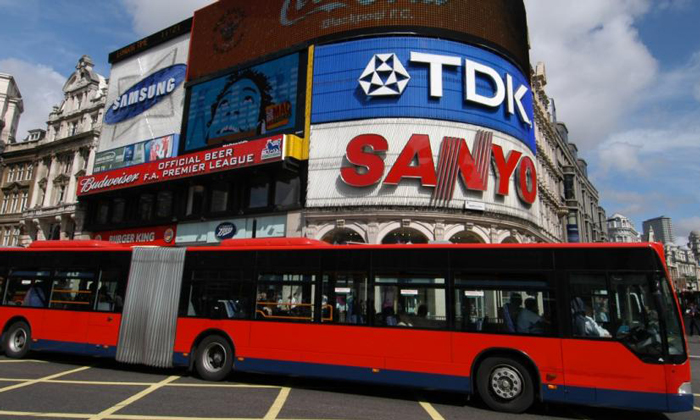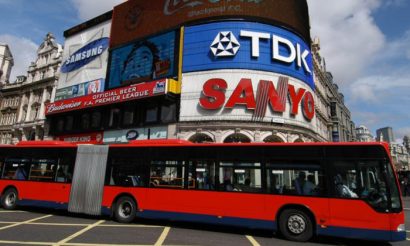Bus usage in London declines by 6%
- Like
- Digg
- Del
- Tumblr
- VKontakte
- Buffer
- Love This
- Odnoklassniki
- Meneame
- Blogger
- Amazon
- Yahoo Mail
- Gmail
- AOL
- Newsvine
- HackerNews
- Evernote
- MySpace
- Mail.ru
- Viadeo
- Line
- Comments
- Yummly
- SMS
- Viber
- Telegram
- Subscribe
- Skype
- Facebook Messenger
- Kakao
- LiveJournal
- Yammer
- Edgar
- Fintel
- Mix
- Instapaper
- Copy Link
Posted: 18 August 2017 | Intelligent Transport | No comments yet
With over two billion passenger journeys a year, bus usage is double that of the London Underground but bus passenger numbers are in decline.


With over two billion passenger journeys a year, bus usage is around double that of the London Underground. But bus passenger numbers are in decline.


Between 2014/15 and 2016/17, the number of passenger journeys made on buses fell by 6% according to Transport for London’s Travel in London – Report 9 data 2017.
The primary reason for the fall in usage appears to be the rise in traffic congestion on London’s roads. There has also been an increase in ‘excess wait time’ (the number of minutes that a passenger has had to wait in excess of the time that they should expect to wait if buses ran as scheduled) for bus passengers of 20% in the three years to 2015/16.
The Mayor has set out ways in which Transport for London will try to reverse this trend, but no detailed plans have been released yet and the London Assembly Transport Committee is concerned that measures will not be radical enough.
To tackle the difficult decisions facing the Mayor of London and TfL in regards to bus usage, the London Assembly Transport Committee has published its London Bus Network report which recommends:
- Moving towards a more efficient network design based on the principles of the feeder/trunk model, which provides relatively short bus routes to hub interchange points, where passengers would change to a faster, high-capacity service running along major corridors. Articulated buses (aka bendy buses) might be the best option for these routes as they provide both a higher capacity and faster loading/unloading than standard double decker vehicles
- Improving the bus experience to attract new passengers, including the information provided online, at bus stops and on-board, and making it easier for people to change. TfL should also consider introducing Wi-Fi on buses
- Prioritising new orbital bus routes and express buses
- Redistributing bus capacity to outer London. There are currently too many buses in central London
- Reforming the bus service tendering process
- Tackling congestion to halt the decline in passenger numbers.
“As a Committee, we’ve looked in detail at London’s buses in the past year – and what we’ve discovered has highlighted the urgency for change,” said Caroline Pidgeon MBE AM, Deputy Chair of the London Assembly Transport Committee. “There’s a huge demand for more buses in Outer London – but at the same time, we need to make bus travel more attractive to passengers.
“Express buses, orbital routes and Wi-Fi will help to give buses a much needed boost. Bendy buses are controversial – but in outer London they may be the solution to more capacity on routes that feed stations. They also increase accessibility, with more space for wheelchairs.
“Reducing congestion is only going to be possible if we give drivers more viable public transport alternatives. The Mayor and TfL need to make jumping on a bus a more pleasant passenger experience.”
To read the London Assembly Transport Committee’s report in full, click here.
To find out more on the possible ways to tackle the problem of air pollution in cities, make sure you look out for Intelligent Transport Issue 4 (out on 30 August 2017) where Brian Masson, Director of Multi Modal Transport Solutions Ltd, discusses the subject in more detail. To guarantee your copy of the magazine, subscribe now.
Related modes
Bus & Coach
Related cities
London, United Kingdom
Related organisations
London Buses, The London Assembly Transport Committee, Transport for London (TfL)



